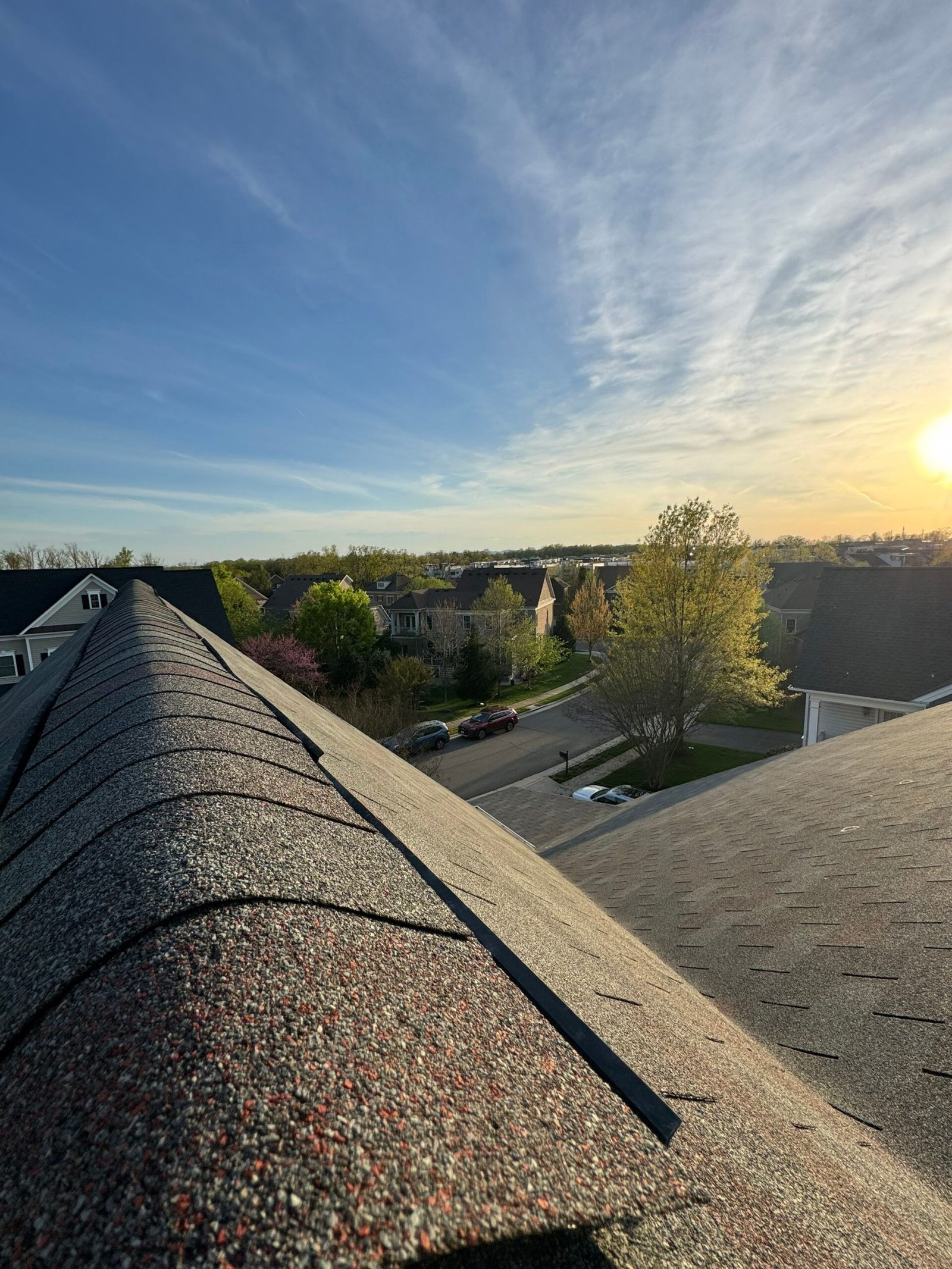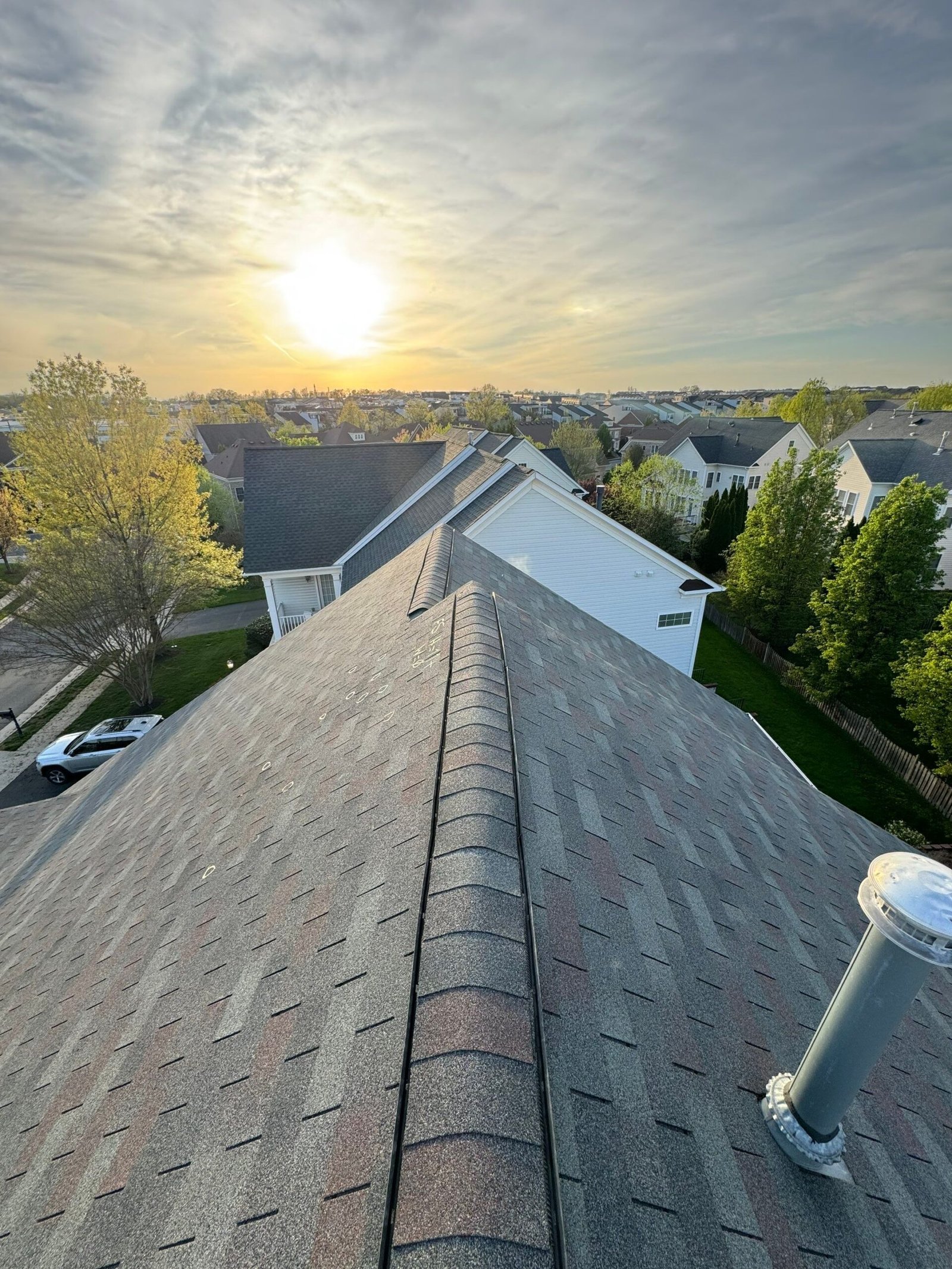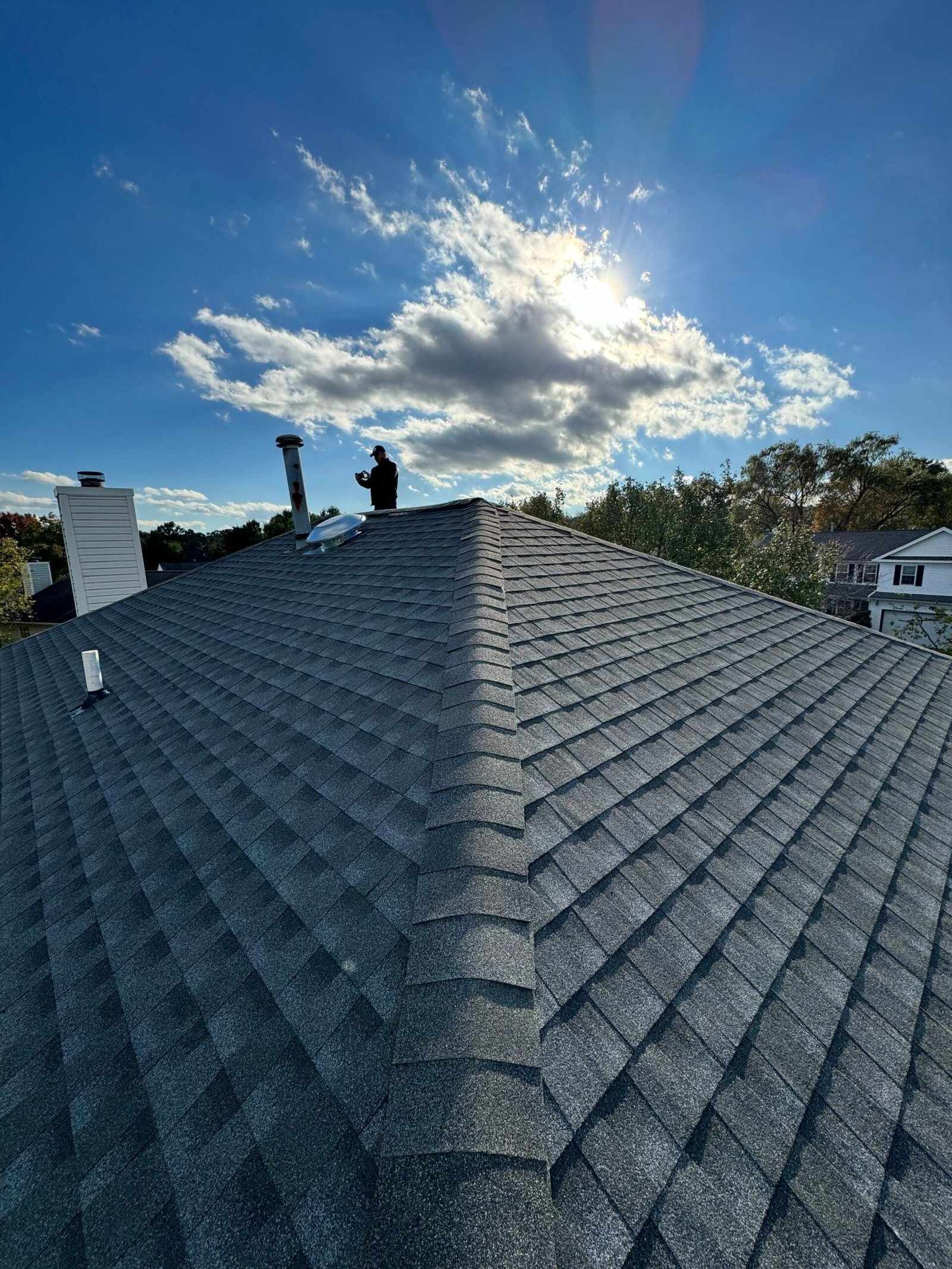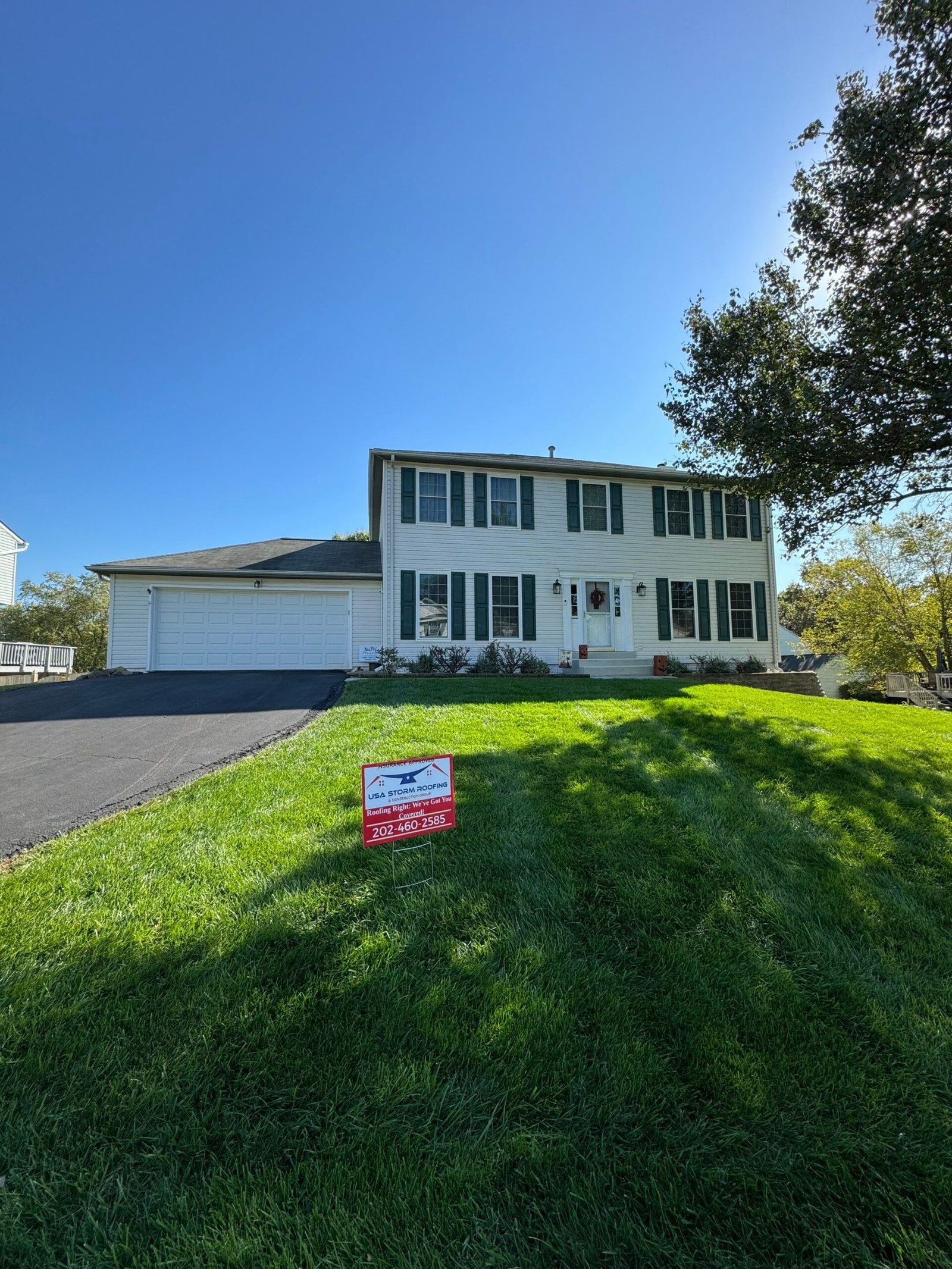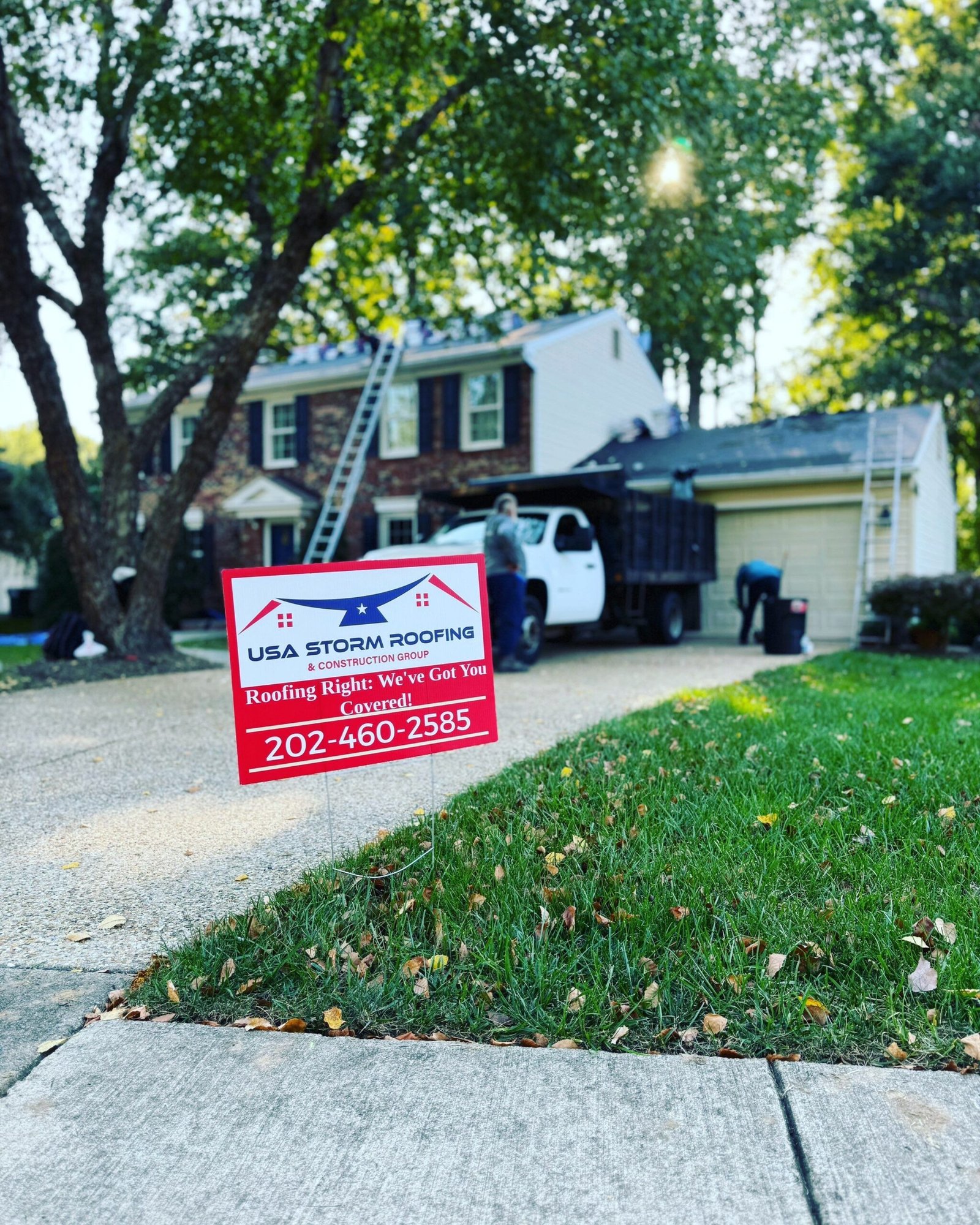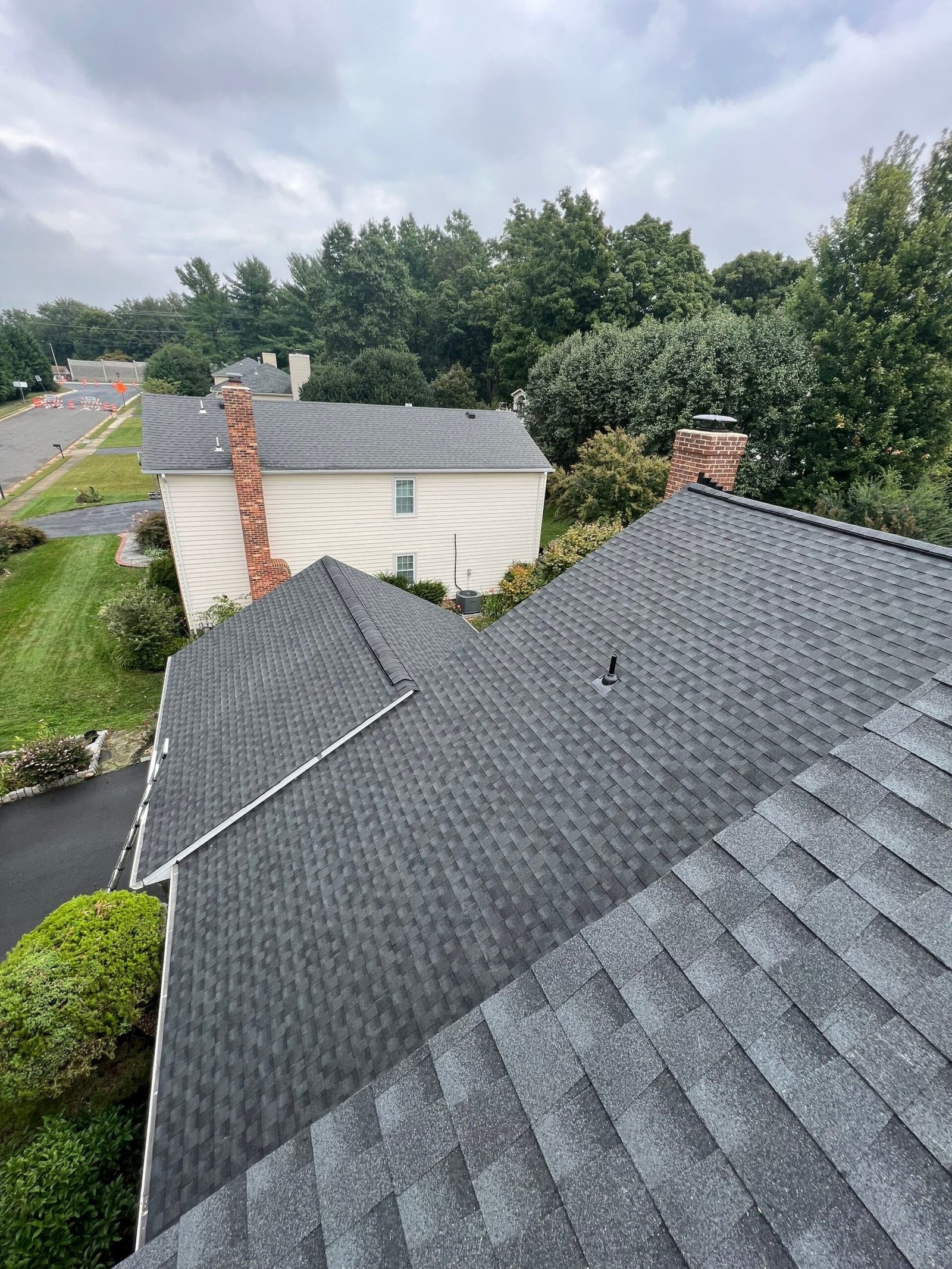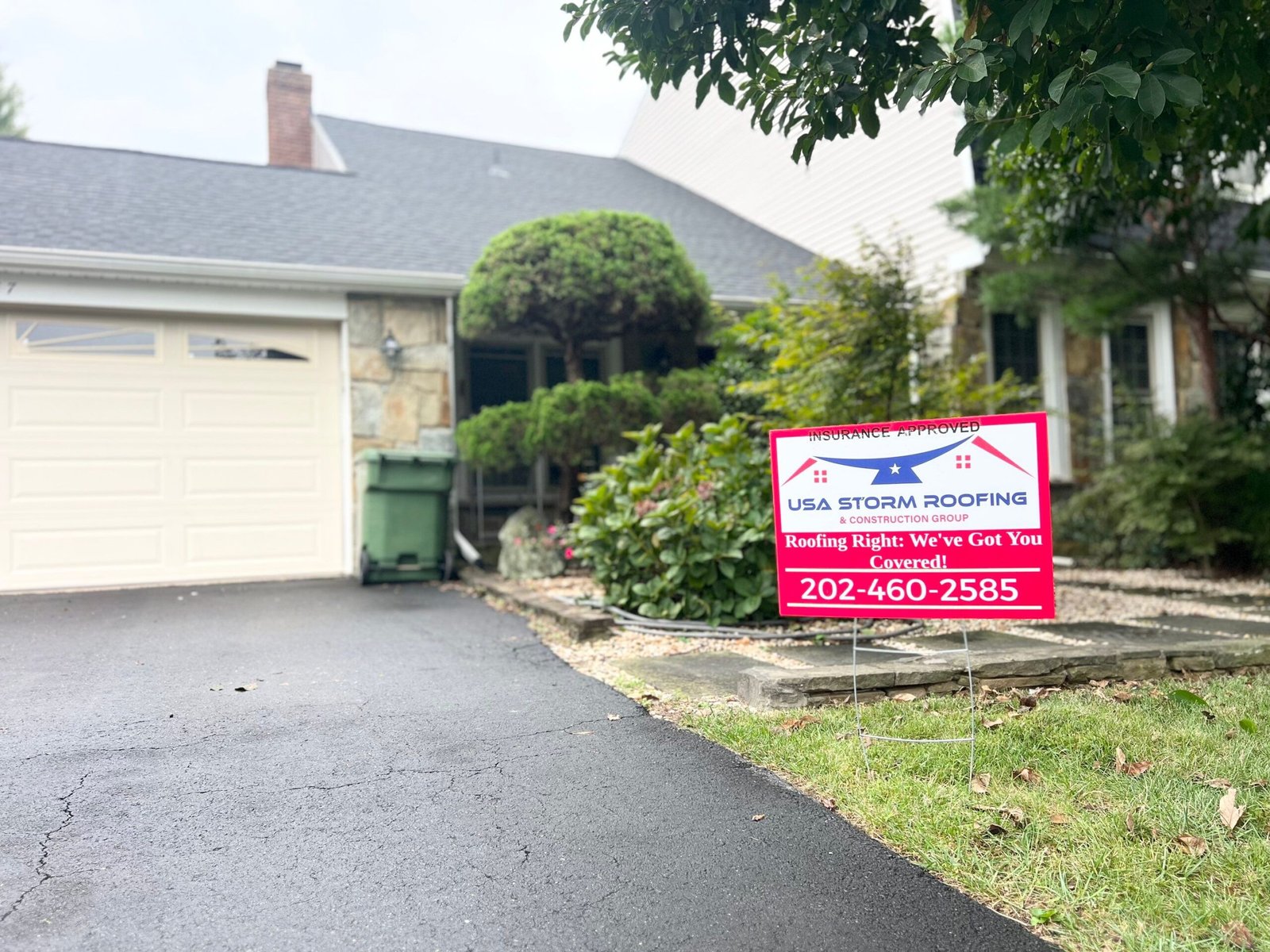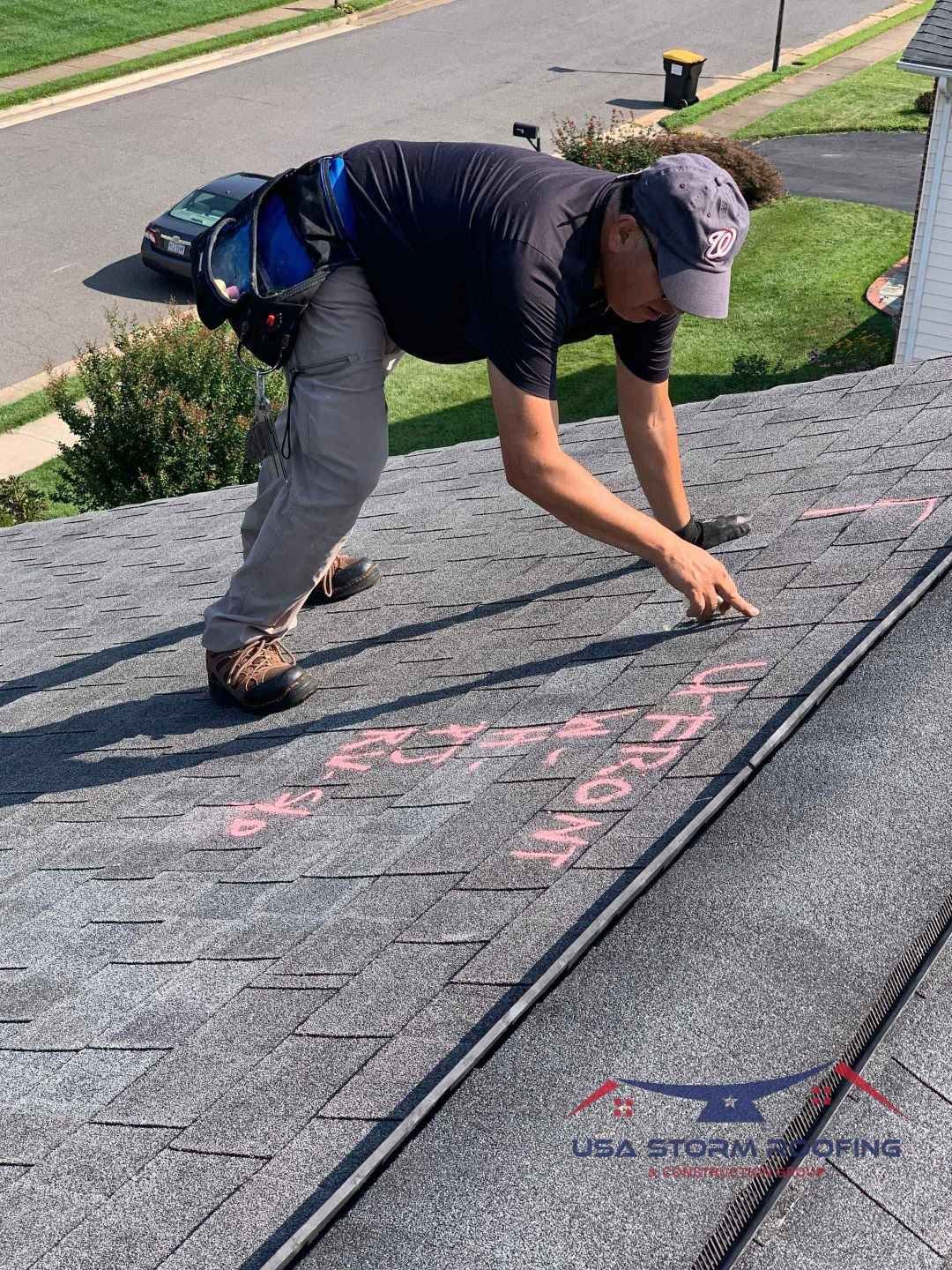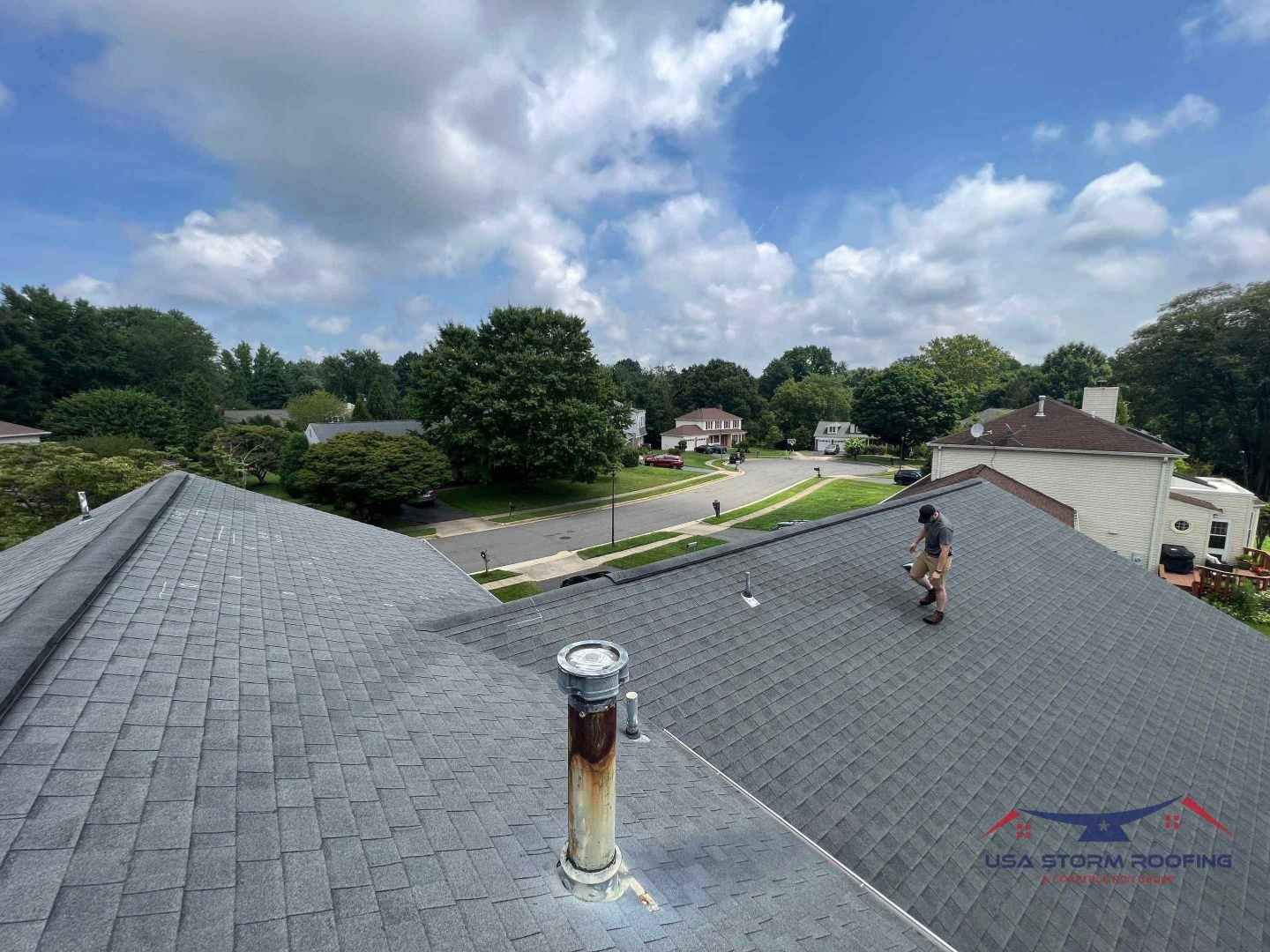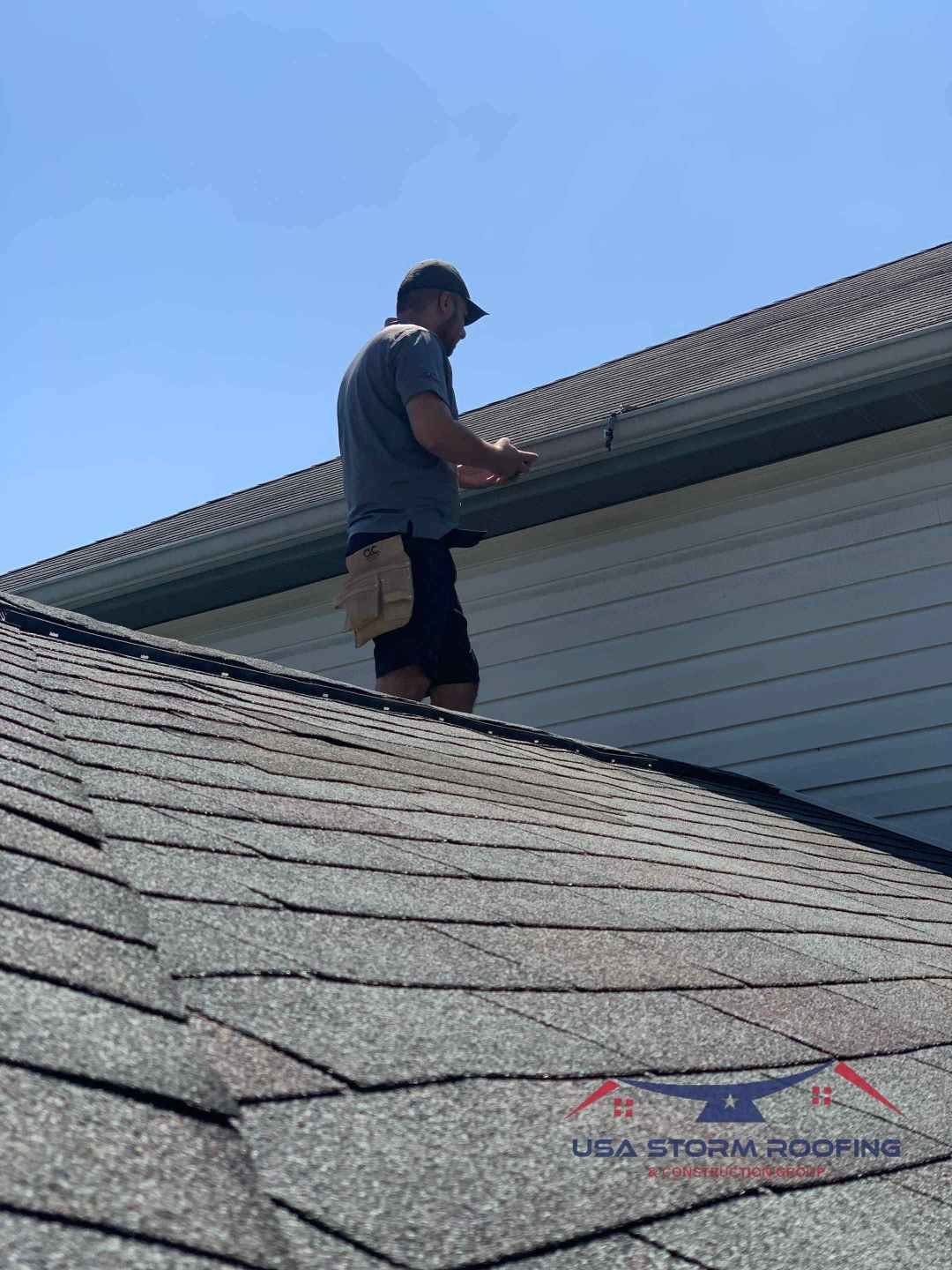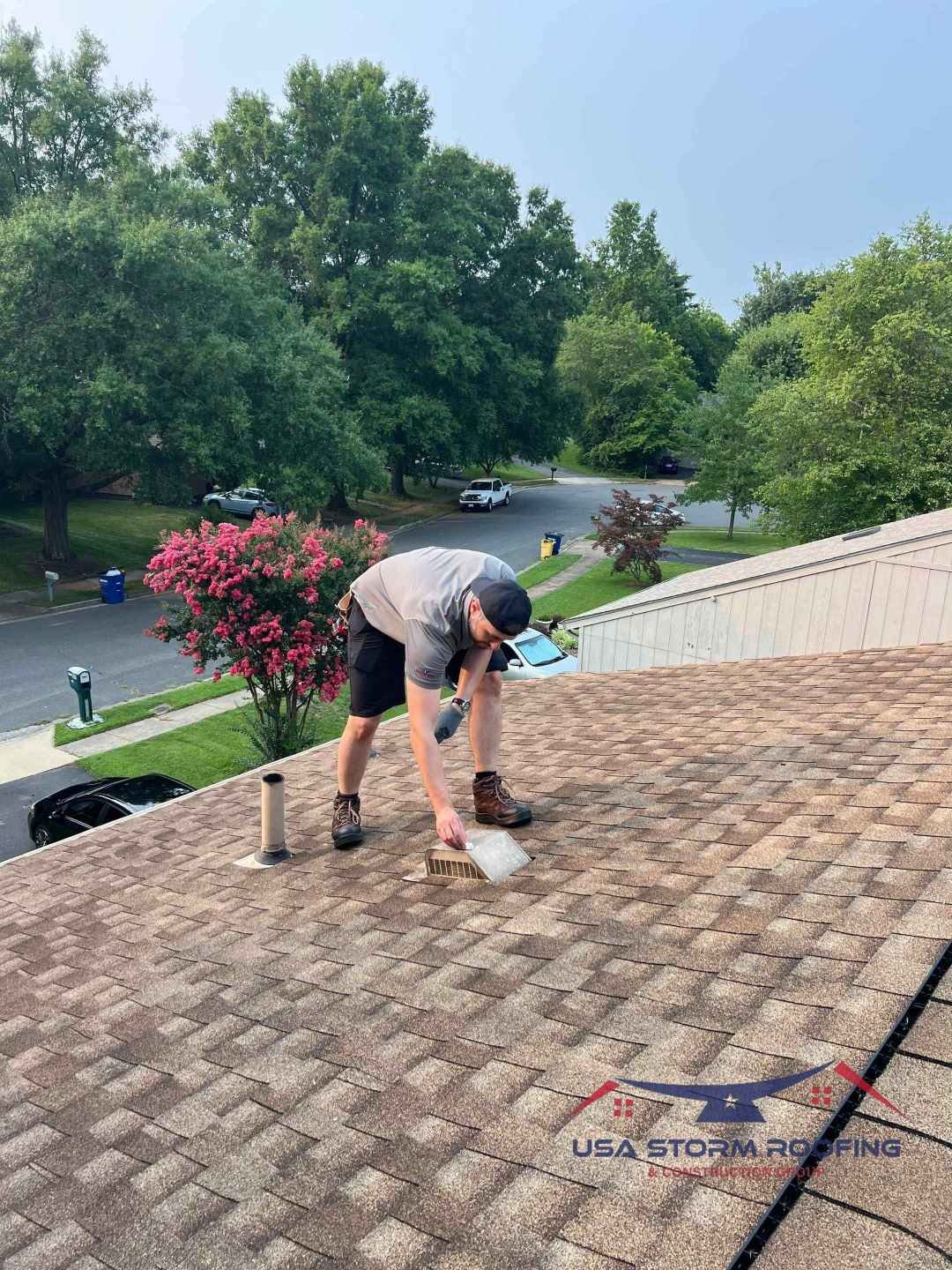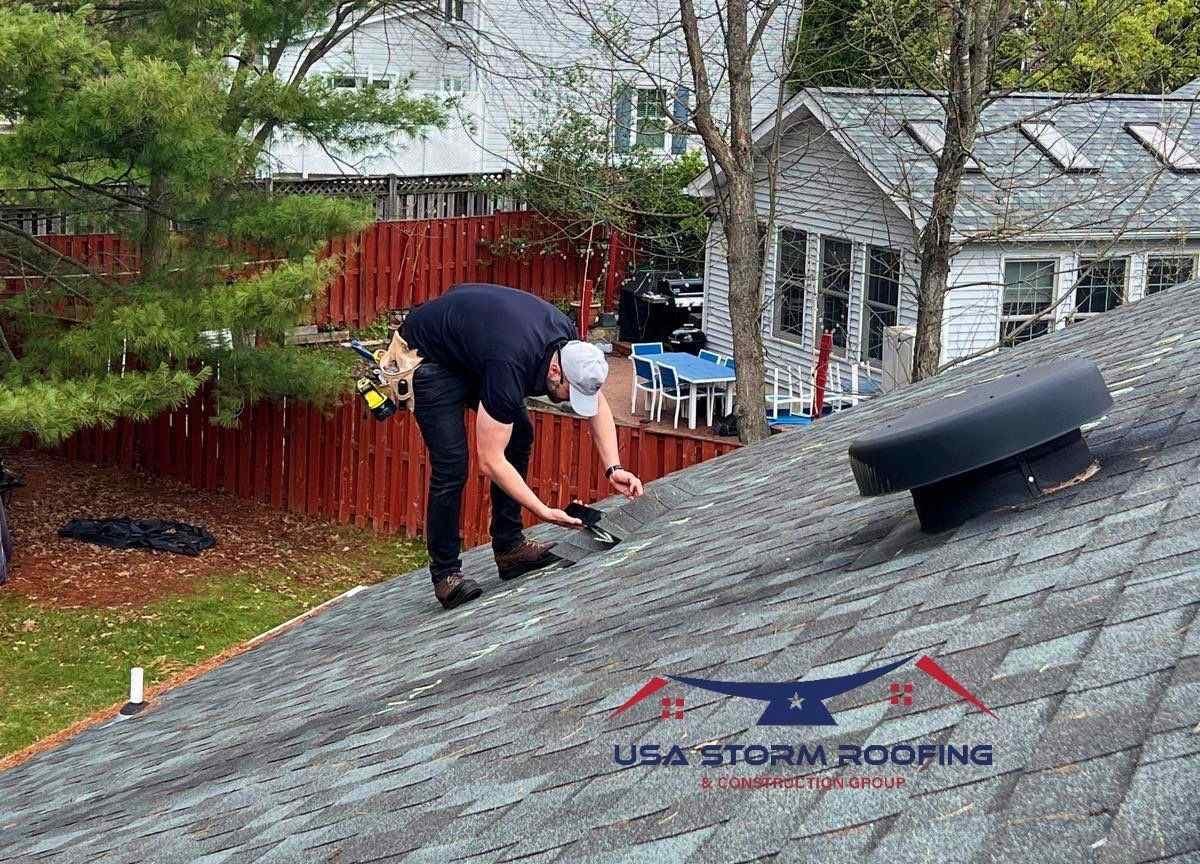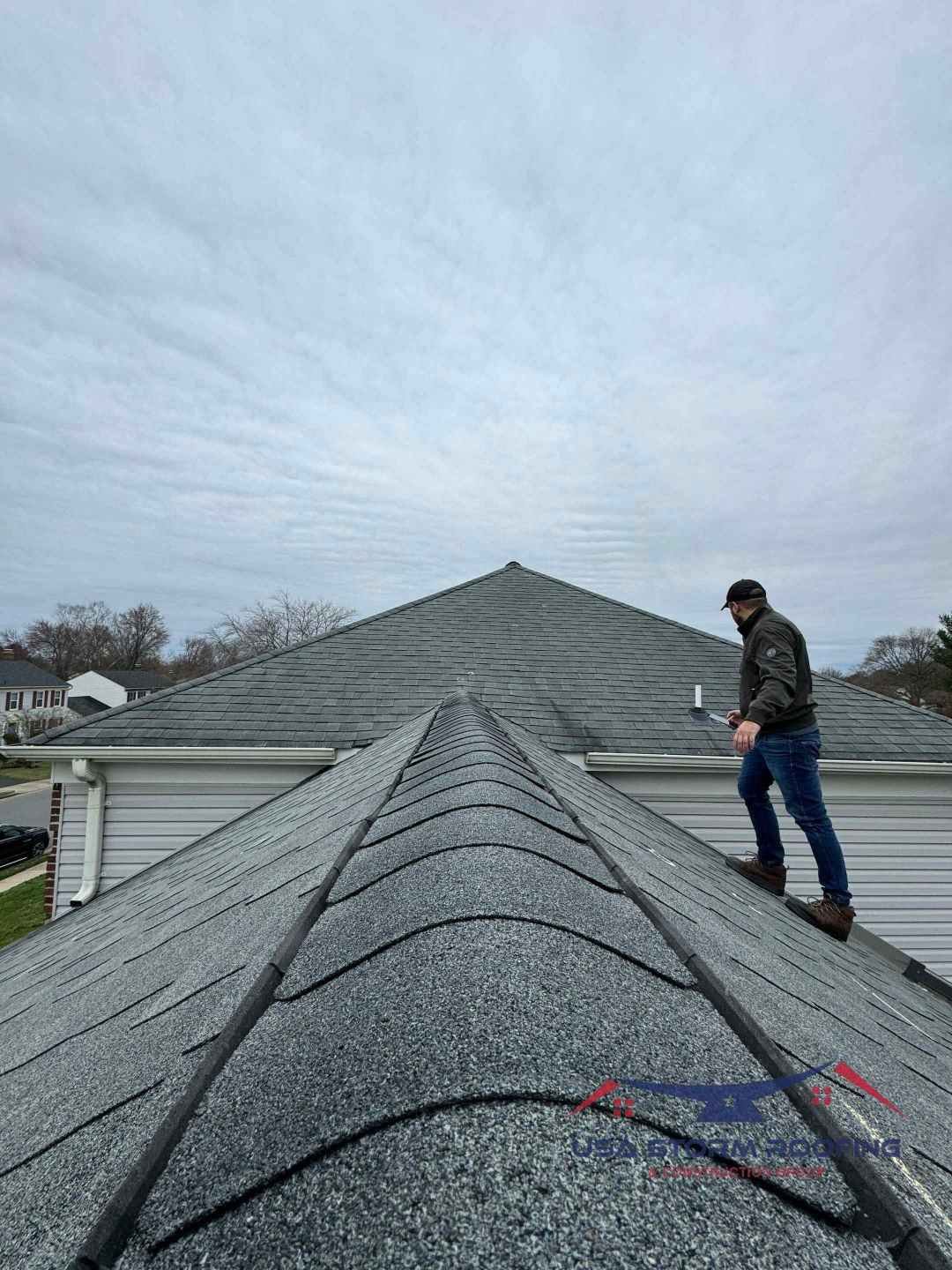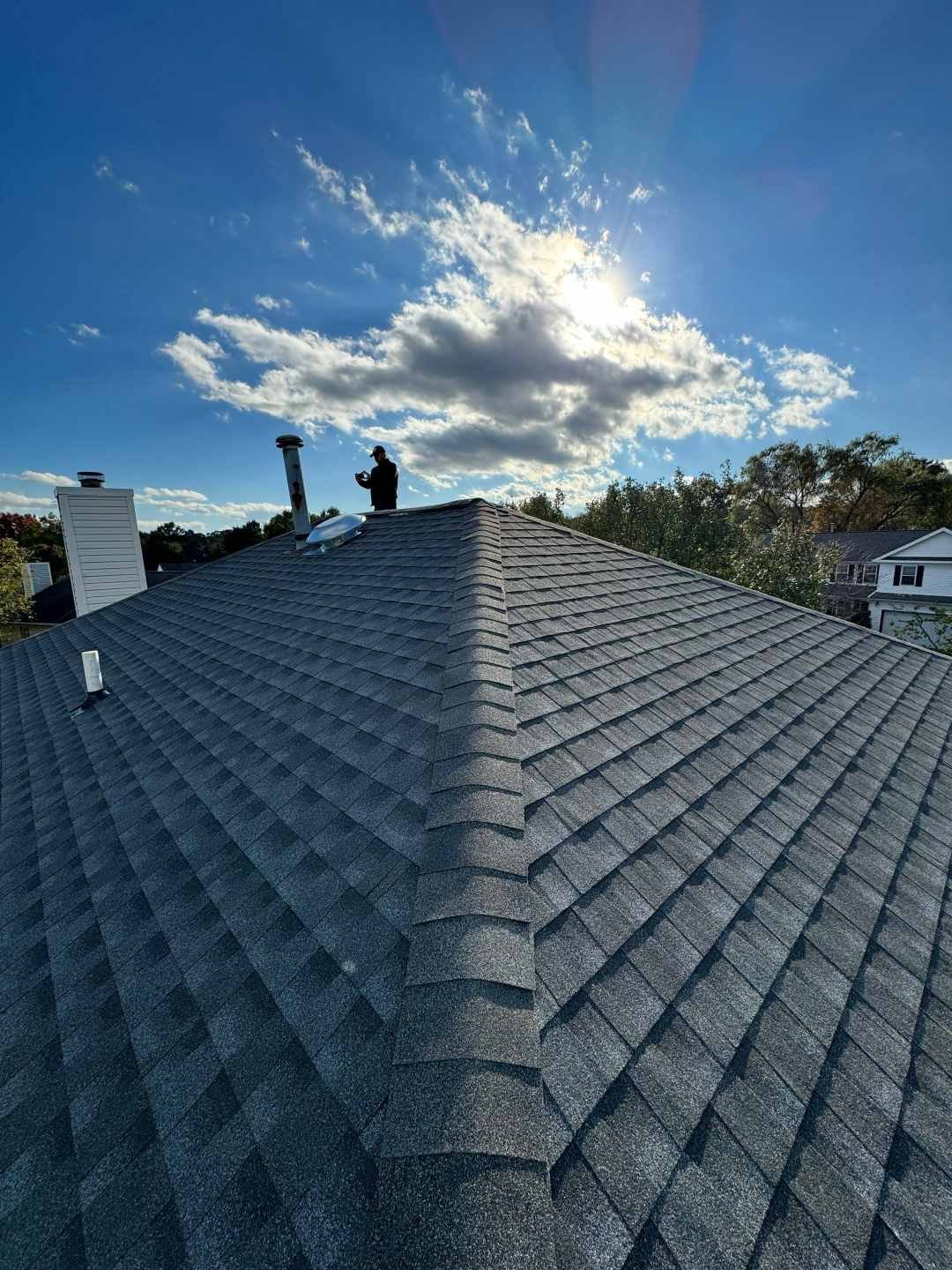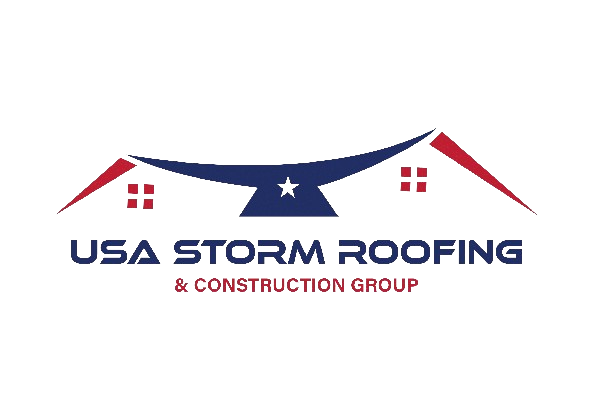Risks You’re Taking When Delaying Roof Replacement
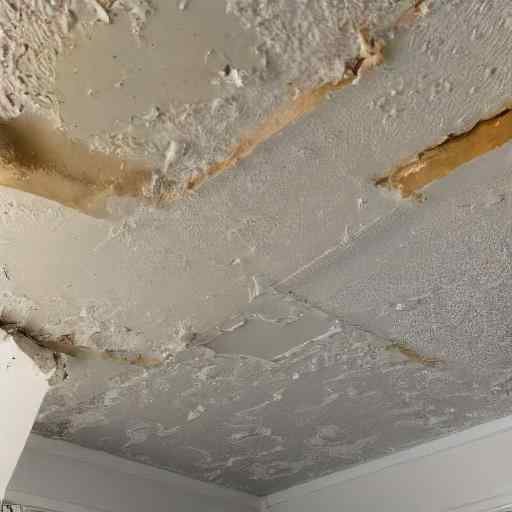
Delaying a roof replacement might seem like a cost-saving measure, but it can lead to severe consequences that outweigh the short-term financial benefits. At USA Storm Roofing & Construction Group, we understand the importance of timely roof maintenance and replacement. Here, we outline the significant risks you face when you put off replacing your roof, emphasizing why acting promptly is crucial for your home’s integrity and your peace of mind.
1. Increased Risk of Leaks
Water Damage
One of the most immediate risks of delaying roof replacement is water damage. Old or damaged roofs are prone to leaks, which can lead to extensive water damage in your home. Water infiltration can ruin ceilings, walls, and personal belongings, leading to costly repairs.
| Risk | Impact |
|---|---|
| Water leaks | Damage to interiors |
| Mold growth | Health hazards |
Structural Damage
Persistent leaks can also weaken your home’s structural components. Water can rot wooden beams, rust metal fixtures, and deteriorate drywall, compromising the safety and stability of your home. Addressing these issues requires prompt roof replacement and professional intervention.
| Damage Type | Consequence |
|---|---|
| Rotting beams | Structural integrity loss |
| Rusting metal | Compromised safety |
2. Mold and Mildew Growth
Health Hazards
Mold and mildew thrive in damp environments, making a leaky roof a prime breeding ground. These fungi can cause severe health issues, including respiratory problems, allergies, and asthma. Ensuring your roof is intact can prevent these health hazards.
| Issue | Health Impact |
|---|---|
| Mold exposure | Respiratory issues |
| Mildew presence | Allergic reactions |
Indoor Air Quality
Beyond health risks, mold and mildew can significantly degrade indoor air quality. They produce musty odors and can spread spores throughout your home, affecting your living conditions. Replacing your roof timely can maintain a healthy indoor environment.
| Problem | Effect |
|---|---|
| Spores spread | Poor indoor air quality |
| Musty odors | Unpleasant living conditions |
3. Higher Energy Bills
Insulation Problems
A deteriorating roof can lead to poor insulation. Gaps and holes in the roofing material allow heat to escape during winter and enter during summer, making your HVAC system work harder to maintain a comfortable temperature. This inefficiency results in higher energy bills.
| Issue | Impact on Bills |
|---|---|
| Heat loss | Increased heating costs |
| Heat gain | Higher cooling expenses |
Reduced Energy Efficiency
An old roof with poor insulation significantly reduces your home’s energy efficiency. Replacing your roof with quality materials, like GAF Shingles, can improve insulation and reduce energy consumption, saving you money in the long run.
| Solution | Benefit |
|---|---|
| New roofing materials | Enhanced insulation |
| GAF Shingles | Improved energy efficiency |
4. Compromised Structural Integrity
Roof Sagging
Aging roofs can sag due to weakened structural components. This not only looks unattractive but also poses a safety risk. Roof sagging indicates that the underlying structure is failing, which could lead to a complete roof collapse if not addressed promptly.
| Sign | Risk |
|---|---|
| Roof sagging | Potential collapse |
| Structural failure | Safety hazards |
Foundation Issues
Water leaking from a damaged roof can seep down to your home’s foundation, causing cracks and weakening the structural base. This can compromise the entire building’s stability, making timely roof replacement crucial to protect your home from severe foundational damage.
| Problem | Impact |
|---|---|
| Water infiltration | Foundation cracks |
| Structural weakening | Long-term stability issues |
5. Decreased Property Value
Aesthetic Decline
An old, damaged roof can significantly detract from your home’s curb appeal. Missing shingles, visible sagging, and water stains create an unattractive exterior, lowering your property’s market value. A new roof enhances both aesthetics and value.
| Aesthetic Issue | Consequence |
|---|---|
| Missing shingles | Reduced curb appeal |
| Water stains | Unattractive appearance |
Buyer Concerns
Potential buyers are likely to be deterred by the prospect of needing immediate roof replacement. A well-maintained roof indicates that the property is in good condition, making it more appealing to buyers and potentially leading to a higher sale price.
| Buyer Concern | Impact on Sale |
|---|---|
| Immediate repairs | Reduced buyer interest |
| Good condition | Higher market value |
6. Expensive Emergency Repairs
Unplanned Costs
Delaying roof replacement can lead to sudden, extensive damage that requires emergency repairs. These unplanned expenses can be significantly higher than the cost of a scheduled roof replacement, straining your budget and causing financial stress.
| Emergency Issue | Financial Impact |
|---|---|
| Sudden damage | High repair costs |
| Urgent fixes | Financial strain |
Increased Damage Scope
The longer you delay replacing your roof, the more extensive the damage becomes. Small leaks can turn into major problems, requiring more comprehensive and expensive repairs. Proactive roof replacement helps you avoid these escalating costs.
| Delay Impact | Cost Consequence |
|---|---|
| Escalating damage | More extensive repairs |
| Higher expenses | Increased financial burden |
7. Compromised Safety
Falling Debris
An old roof is more prone to shedding debris, such as shingles or tiles. This debris can fall and cause injury to residents and visitors. Ensuring your roof is in good condition prevents these dangerous incidents and keeps everyone safe.
| Safety Risk | Danger |
|---|---|
| Falling shingles | Injury to residents |
| Loose tiles | Safety hazards |
Roof Collapse
In extreme cases, delaying roof replacement can lead to a complete roof collapse, especially if the roof structure is significantly weakened. This catastrophic failure poses a serious safety risk and can result in substantial property damage.
| Extreme Risk | Consequence |
|---|---|
| Roof collapse | Severe injury or fatality |
| Property destruction | Major repair costs |
8. Voided Warranties
Manufacturer’s Warranty
Many roofing materials come with a manufacturer’s warranty that requires regular maintenance and timely replacement. Delaying roof replacement can void these warranties, leaving you unprotected and responsible for all repair costs.
| Warranty Type | Requirement |
|---|---|
| Manufacturer’s warranty | Regular maintenance |
| Warranty voidance | Responsibility for repairs |
Insurance Issues
Home insurance policies often have stipulations regarding roof maintenance. Neglecting to replace a damaged roof can result in denied claims, as insurers may deem the damage a result of homeowner negligence.
| Insurance Stipulation | Risk |
|---|---|
| Maintenance requirement | Denied claims |
| Negligence claims | Out-of-pocket expenses |
9. Increased Pest Infestations
Entry Points
An old, damaged roof provides numerous entry points for pests like rodents, birds, and insects. These pests can invade your home, causing further damage and creating health risks. Replacing your roof seals these entry points and keeps pests out.
| Entry Point | Pest Issue |
|---|---|
| Holes and gaps | Rodent and insect entry |
| Loose shingles | Bird nests |
Infestation Damage
Pests can cause significant damage once inside your home. They can chew through wiring, insulation, and wood, leading to costly repairs. Preventing infestations through timely roof replacement protects your home from these additional damages.
| Pest Type | Damage Caused |
|---|---|
| Rodents | Chewed wiring and insulation |
| Insects | Structural damage |
10. Compromised Insurance Coverage
Denied Claims
Insurance companies may deny claims for damage if they determine that the damage resulted from the homeowner’s neglect to replace an aging roof. This can leave you with significant out-of-pocket expenses for repairs or replacement.
| Insurance Risk | Financial Impact |
|---|---|
| Claim denial | Out-of-pocket repair costs |
| Neglect determination | Financial liability |
Increased Premiums
Neglecting roof replacement can also lead to increased insurance premiums. Insurers may raise your rates due to the higher risk associated with an old, damaged roof. Maintaining your roof in good condition helps keep your insurance premiums manageable.
| Insurance Issue | Consequence |
|---|---|
| Higher risk | Increased premiums |
| Poor maintenance | Elevated insurance costs |

